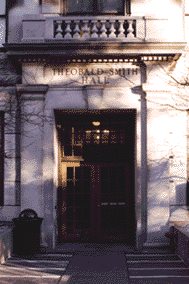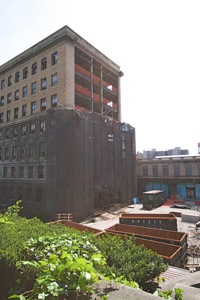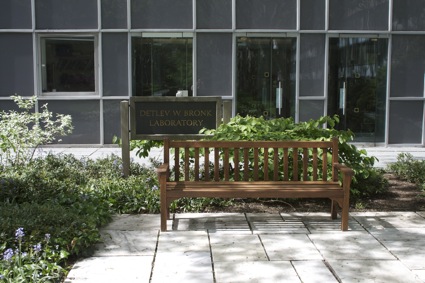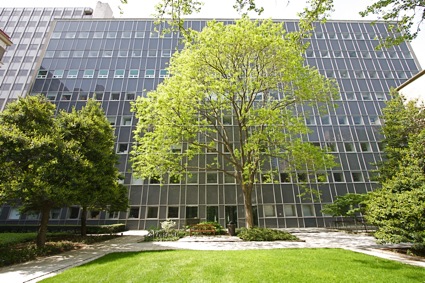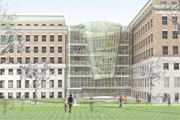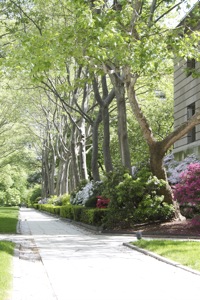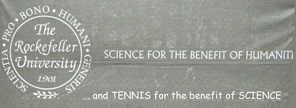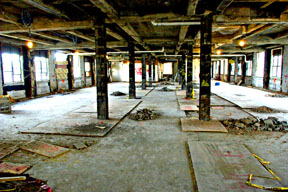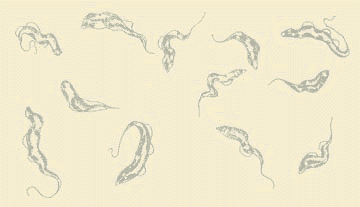
The building in which we worked until the end of 2006 (below center) was opened in 1931 and named in honor of the eminent microbiologist Theobald Smith. The state of Theobald Smith Hall in mid 2008, during a major rebilding program, is depicted in the other photographs, as is our new location, dedicated to an earlier Rockefeller President Detlev W. Bronk.
